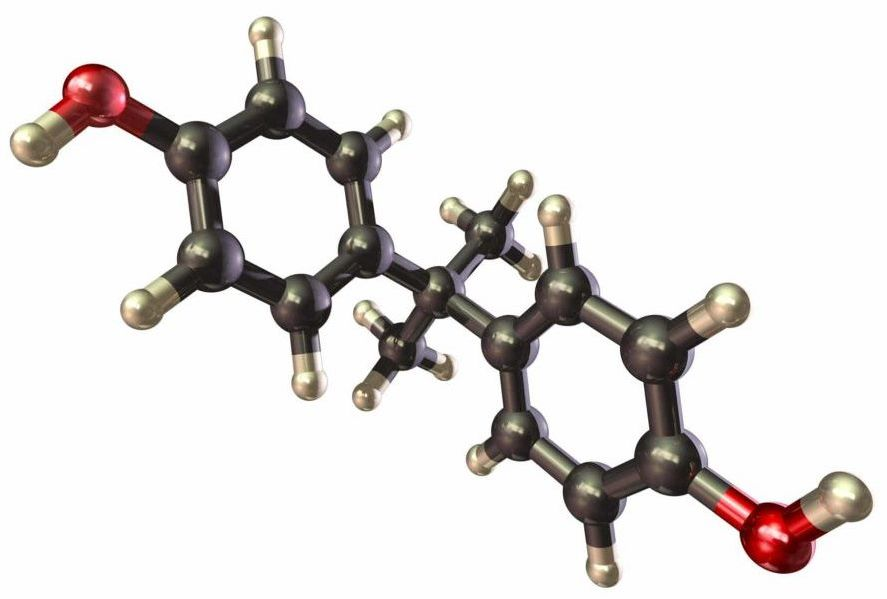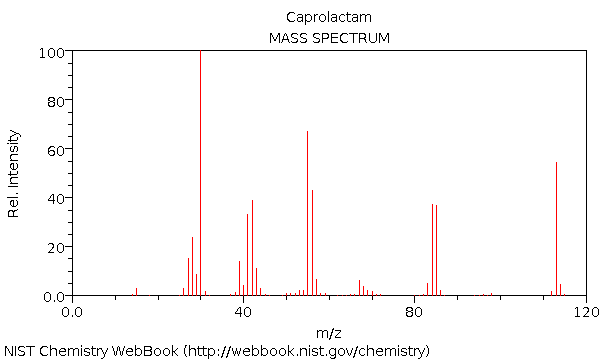It is easy to see the importance of in-depth polymer analysis given the level that rubbers, plastics, and other materials have impacted modern life.

Image Credit: Jordi Labs
Chemists can develop a deep understanding of the polymeric materials under test to enhance the performance of polymers and plastics for specific downstream applications by exploring critical parameters such as molecular weight (MW), morphology, structure, and thermal characteristics. Some of the basic methods used for advanced polymer analysis are outlined below.
Polymer Analysis and Characterization: Things to Consider
Polymer analysis is an extremely holistic process, unlike many other quality assurance and control (QA/QC) procedures for raw materials. Usually, polymeric materials are made up of multiple monomers bound together via a series of covalent bonds with a ‘backbone’ of interlinked carbon atoms.

Image Credit: Jordi Labs
The number of monomers linked together in a chain can be as much as hundreds of thousands. Compounding this complexity further is the fact that the underlying polymerization reactions, which are utilized to produce polymers and plastics synthetically, are very varied, yielding a correspondingly diverse range of materials.
Prior to performing polymer characterization, there are a number of parameters to consider. Some of the key criteria in advanced polymer analysis includes:
- Antioxidant analysis
- Pigment concentration
- Absolute/relative MW
- Percent of filler
- Additive quantitation
- Copolymer analysis
- Residual monomer concentration
- Crosslink density
Which Techniques are Used in Polymer Analysis?
The field of polymer and plastics characterization is large, so there are several methods which may be used to gain a deeper understanding of raw materials or products.

Figure 1. Example Mass Spectrum for Caprolactam, a key component in Nylon 6. Image Credit: Jordi Labs
For many of the demands of polymer QA/QC, mass spectrometry (MS) is the workhorse solution. With an extensive catalog of derivative methods, it is difficult to home in on a single method of MS that suits the requirements of the plastics industry best.
MS is an advanced analytical method utilized to identify the chemical composition of samples via characteristic spectral fingerprints and to supply quantitation at the percent to parts per billion (ppb) range. Due to its flexibility, it has become crucial in polymer analysis.
MS systems can be coupled with a range of other instruments to facilitate a broad range of tests, satisfying the dynamic requirements of polymer characterization studies. Some examples include:
- Gas chromatography-mass spectrometry (GCMS)
- Dynamic headspace gas chromatography-mass spectrometry (DHGCMS)
- Desorption mass spectrometry (DMS)
Fourier transform infrared spectroscopy (FTIR) is another spectroscopic technique that is commonly relied upon to identify known and unknown compounds. It is one of the first-choice methods employed to identify polymeric materials in terms of a class (polyester, polyamide, etc.).
While spectroscopy is truly central to modern polymer analyses, it cannot supply all the insights necessary for a full-spectrum characterization. There is a huge range of methods and solutions available to chemists today. These range from thermal analysis (i.e. thermal gravimetric analysis) to specific crosslink density determination.
Polymer Analysis with Jordi Labs
Jordi Labs is seen as one of the foremost experts in the field of polymer analysis. They provide analytical testing services for incoming raw materials, MW determination assistance, and comprehensive product deformulation support.

This information has been sourced, reviewed and adapted from materials provided by Jordi Labs.
For more information on this source, please visit Jordi Labs.